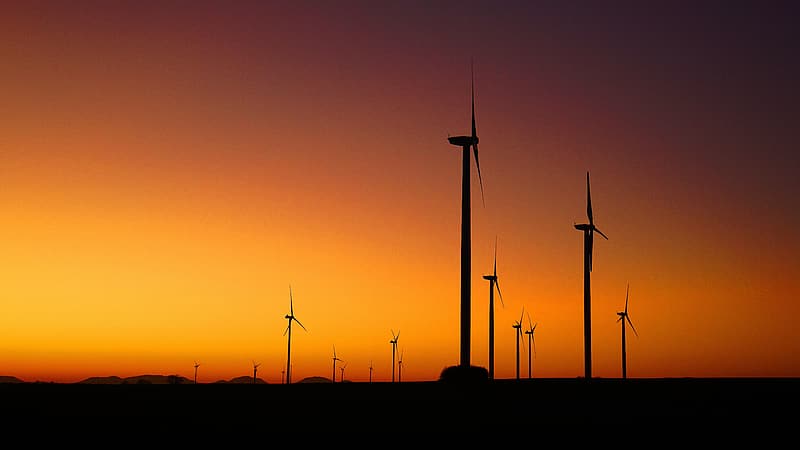Quick summary
- Wind turbines cannot provide the reliable energy that our amazing electrical grid requires 24/7. That’s why every place in the world that uses unreliable wind energy depends 24/7 on massive amounts of reliable energy from coal, gas, hydro, or nuclear plants.
- Because wind turbines are unreliable they can’t replace our reliable power plants, only duplicate or supplement them at tremendous cost. That’s why the more wind a grid uses the more expensive its electricity tends to be.1
- The only reason utilities buy unnecessary, wasteful wind turbines is government policies that force them to do so or reward them for doing so. “We get a tax credit if we build a lot of wind farms. That’s the only reason to build them,” says Warren Buffett.2
- One of the worst wind favoritism policies is the wind Production Tax Credit (PTC), which pays utilities to shut down or slow down reliable gas, coal, and nuclear power plants whenever the wind blows, driving many out of operation and threatening the grid’s future.3
- The perverse incentives of the wind PTC and other wind favoritism are not only making electricity more expensive but less reliable. That’s why grids around the US are already blacking out industrial customers, and Texas and the Northeast are warning of residential blackouts.4
- Congress needs to let the 30-year-old wind PTC expire, end all forms of energy favoritism, and let technologies compete on reliability and cost. That will reduce electricity prices, increase reliability, and increase innovation.
References
-
Denmark and Germany, the two most aggressive pursuers of solar and wind electricity in Europe, have the highest household electricity prices in the EU according to Eurostat. To a large degree this is driven by subsidies for solar and wind directly impacting the consumer bills but also less directly observable cost solar and wind create on an electric grid. Because of their intermittency, both technologies require additional infrastructure and permanent backup by conventional capacity.↩
-
“For example, on wind energy, we get a tax credit if we build a lot of wind farms. That's the only reason to build them. They don't make sense without the tax credit.” -Warren Buffet cited by U.S. News/Nancy Pfotenhauer↩
-
“Changes in annual capacity additions for wind in the United States are often explained by changes to tax incentives. The U.S. production tax credit (PTC), which provides operators with a tax credit per kilowatt hour of renewable electricity generation for the first 10 years a facility is in operation, was initially set to expire for all eligible technologies at the end of 2012 but was later retroactively renewed. The high level of annual capacity additions in 2012 was driven by developers scheduling project completion in time to qualify for the PTC. Similarly, the increase in annual capacity additions for wind scheduled for 2019 is largely being driven by the legislated phaseout of the PTC extension for wind.” - U.S. Energy Information Administration, May 15, 2019↩
-
In Texas, the grid’s reserve margin—the amount of capacity it has above expected peak demand—has shrunk so much that the Public Utilities Commission of Texas called the situation “very scary.” -Utility Drive, January 22, 2019 For example, a 2019 story concerning Texas notes, “As wind power slowed, ERCOT instituted its first level of emergency alerts, calling on small industrial and commercial generators to pour power onto the grid, and requesting power from Mexico from which an additional 60 MW were imported on Aug. 15. Installed capacity numbers for electricity from intermittent sources such as wind and solar mean very little when they fail to produce as wind did in the middle of the hot Texas summer.” -Power Magazine, September 19, 2019
In the U.S. northeast, grid operator ISO-NE warned, the grid is likely to be at risk of fuel shortages and rolling blackouts thanks to limited natural gas pipeline capacity. “In the coming years as more oil, coal, and nuclear leave the system, keeping the lights on in New England will become an even more tenuous proposition.” -ISO New England, 2018 Regional Electricity Outlook.↩
